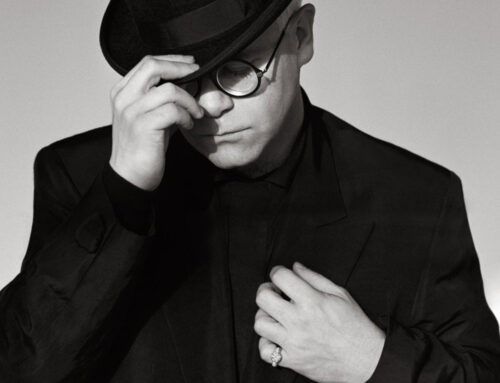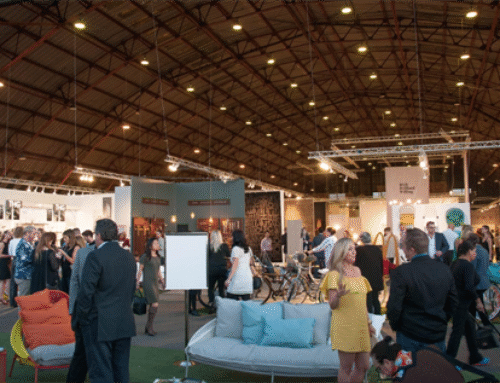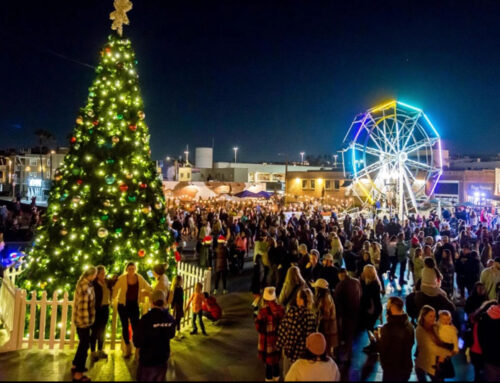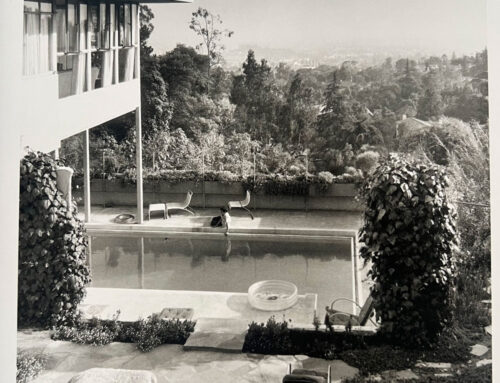Gagosian presents “Wesselmann: 1963–1983,” an exhibition of seven monumental paintings made by Tom Wesselmann (1931–2004) over a span of two decades. This is the first time this group of works has been shown on the West Coast. 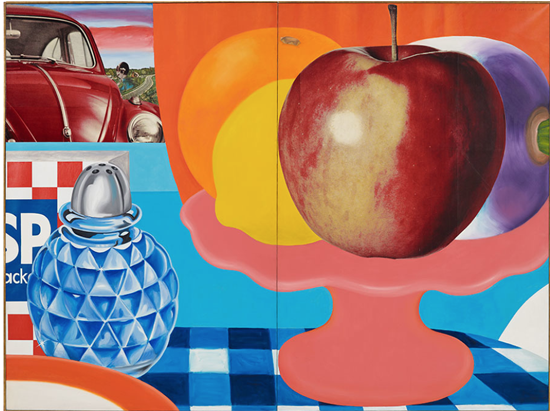
Tom Wesselmann, Still Life #29, 1963, oil and collage on canvas, 108 × 144 inches (274.3 × 365.8 cm) © The Estate of Tom Wesselmann/Licensed by VAGA, New York
Here is some info from the gallery: In the 1950s, when Wesselmann was a student at Cooper Union in New York, his drawings often took the form of hybrid collages that incorporated sketches and scraps of wallpaper and advertisements that he found in the New York City subway. As experimentation evolved into technique, his early assemblage paintings, which included functional objects and gadgets, gave way to shaped canvas paintings in which objects are arranged in space as tableaux. Diverging from the Abstract Expressionist principles that reigned in s New York, Wesselmann played an integral role in defining New York Pop art, while retaining art historical precedents, including a notable inheritance from Henri Matisse. In Wesselmann began accumulating printed commercial billboard posters, which he then transformed and recontextualized with his own brushstrokes and anomalous configurations.
Still Life #29, twelve feet in width, depicts ordinary objects arranged on a kitchen table, including a fruit bowl in which a photographic apple is collaged over a lemon and orange that are flatly rendered in oil paint. Beyond the objects, common to any American kitchen, a Volkswagen traverses a road as if through the window of Wesselmann’s chimerical kitchen interior. The scale of the billboard works was unprecedented in Wesselmann’s oeuvre, and prefigured the spatial and pictorial innovation of his Standing Still Life paintings, collaged compositions with proportions that dwarf human scale. These still lifes comprise multiple canvases shaped like the objects they depict and mounted on both wall and ground. Wesselmann achieved precise formal and chromatic arrangements by shifting panels until the composition “locked into place.”
The exhibition is accompanied by a fully illustrated catalogue, including a new text by Ara H. Merjian, a conversation between Michael Craig-Martin and Jeffrey Sturges, and a chronology by Lauren Mahony. See the website for additional info.
On view: July 12 – August 24, 2018
Where: Gagosian, 456 North Camden, Drive, Beverly Hills, CA 90210
Website https://www.gagosian.com/

